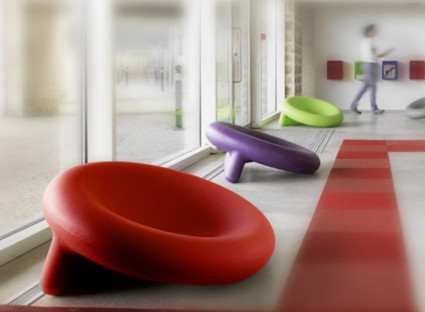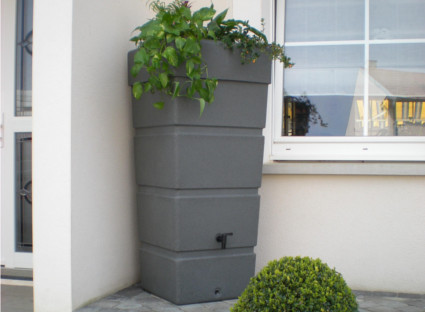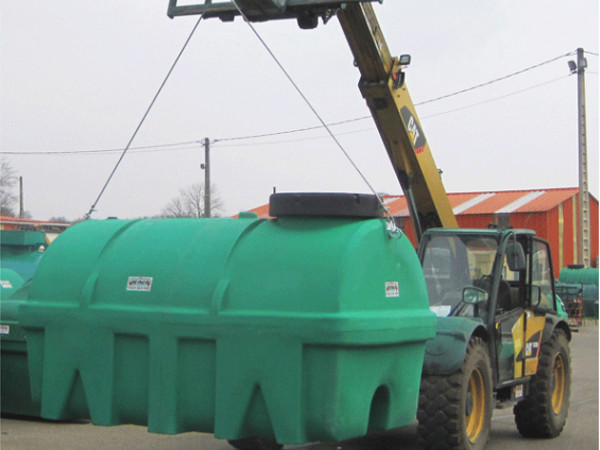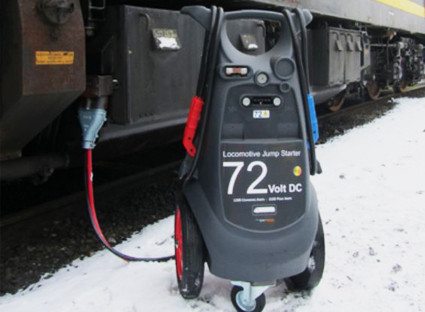ROTATIONAL MOLDING : UNDERSTANDING THE PROCESS
Rotational Moulding is a manufacturing technology perfect for producing hollow plastic products. We use this technology in a wide range of applications due to its ability to produce different shapes and sizes utilising various material properties.
Rotational molding in 4 steps
Rotational moulding process can be explained in 4 key stages :
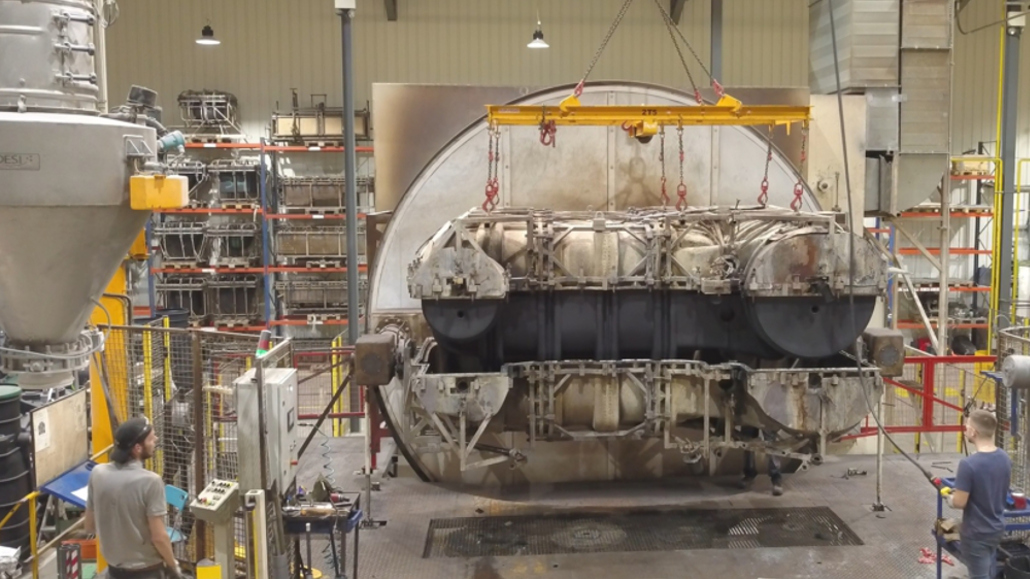




Once the mould has cooled and the part solidified it can be unloaded. The rotomoulding production cycle lasts between 20 minutes and a few hours depending on the size and thickness of the part to be produced.
Finishing: to control deformation, the parts are held in conformers and subjected to leak tests. Then, parts can be deburred, flamed, finished manually or by a mechanised process.
Discover our know-how and method of production.
Why to choose rotomoulding? Benefits of the technical process
There are other techniques for industrial transformation of plastics : plastic injection, blow moulding, plastic extruding, thermoforming, expansion moulding. The choice of technology will depend on the nature of the polymers and the applications for the final product. These processes mentioned above are not well suited to the production of robust parts.

TECHNICAL ADVANTAGES
There are several advantages to using the rotational moulding technique for the production of plastic parts :
- Stronger, seamless and waterproof components
- Wall thickness uniformity
- Variety of surface finishes
- Design and colour flexibility
- Parts can be manufactured with moulded inserts

ECONOMIC BENEFITS
This technique is very profitable for the manufacture of small and medium product ranges. Due to its speed of implementation, the technology is often the preferred option for prototypes or product launches.
- Very attractive prices
- Economic tooling costs
- Sustainable product
- Recyclable material
Understand the Process in Video
ROTOMADE is a member of the AFR (French Rotomoulding association) to promote the notoriety of the process.




